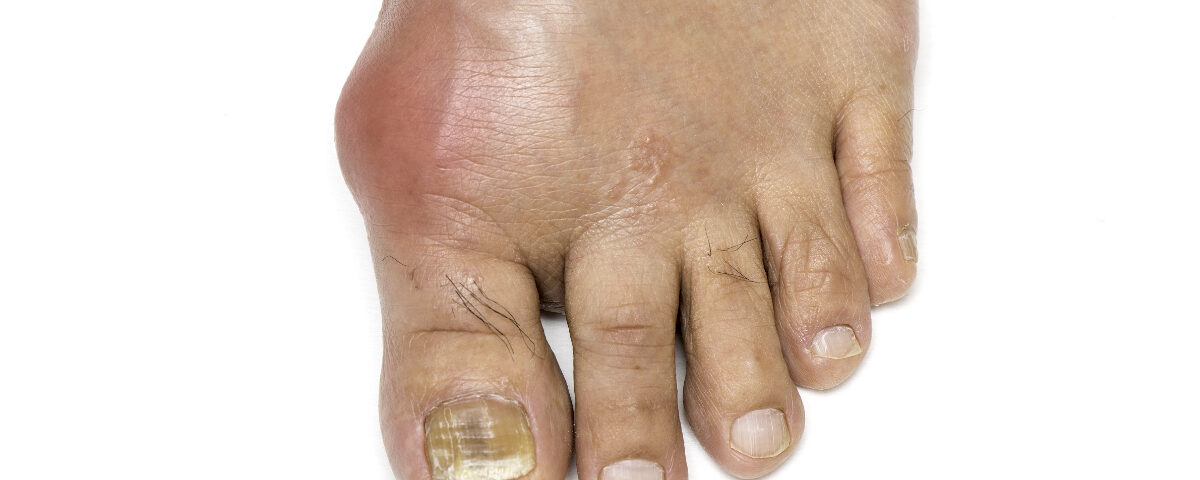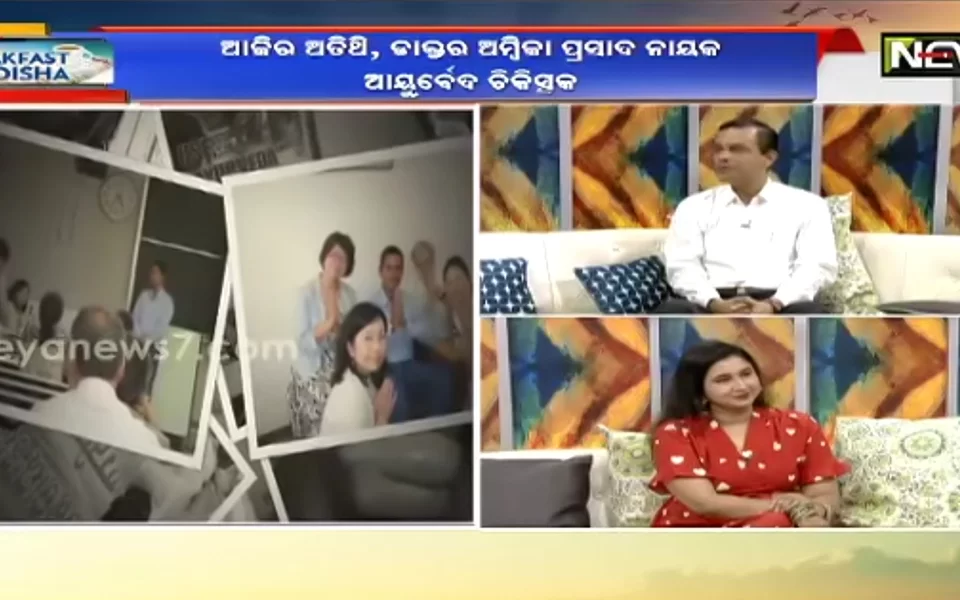Vatarakta | Rheumatoid Arthritis

Diabetes discussion
November 27, 2015
Vamana
November 17, 2016Vata Rakta

After Langhana-2016

Before Langhan-2016
Vata Rakta is the disorder of Vata and Rakta in the body. The name indicates the simplicity of the meaning. That means the Rakta (Blood) is navigated by the blood. Why the blood is not able to navigate the Vata? Answer is simple. Because Vata is the king, the ruler. So blood is the victim. Why somebody gets victimized? It has two reasons. When the own resource and inner strength is poor, and the second is “when the out side force is stronger. And most of the time the weakness of the victim helps the enemy getting stronger functionally.

Before Langhan-2016

After Langhan-2016
Here Rakta is physiologically poor, because of the poor food habit. Rakta is the poor victim and the bad food habit and wrong food are the poor resource. The out put helps the Rakta getting vitiated and act adversely. As Rakta is carried through out the body, it carries the toxin everywhere. Because the channels are hollow in nature there is scope of accumulation of Vata everywhere. The accumulation of the toxin of the rakta under the skin gives rise to different skin patches or rashes on the skin. Similarly accumulation of Vata gives rise to pain or other symptoms like dryness crack etc.
The combination of the both of the phenomena give rise to a disease called Vatarakta. This is characterized by pain in the bone and joints and patches on the skin. When the disease is confined in to the superficial tissue like skin, then it is called Uttana Vatarakta (Superficial Vatarakta). When it affects the deep tissue like bone, it is called the Gambhira Vatarakta (Deep Vatarakta). The Gambhira Vatarakta is considered to be hard to cure or incurable.

Before-treatment

After treatment
I here with present a case of Vatarakta. The patient is Gunanidhi Jally from, Bhuasuni Patana, Baghamari, Khurda. Before four years during the 2012 he came to me with the chief complain of pain and tenderness in all of the joints. Earlier he was getting treated with some modern medicine from a modern medicine doctor. On leading question it was found that his appetite and digestion power was poor. Other signs and symptoms of Ama was

After Treatment

Before treatment
also found. History taking revealed the wrong practice of food habit and life style which supported the nidana of Vatarakta. Alog with some internal medicine he was advised to undergo langhana with Peya paana for five days. The patient was asked to come to our hospital after ten days. His appearance after ten days in the hospital was really encouraging. Some images before and after langhana karma will be enough to narrate the importance of Langhana in the management of Vatarakta. Look at the images above.

Before Langhan-2016

After Langhan-2016
This time, on Dt 16.10.2016 the patient came with the chief complain of red patches all over the body. As usual he was out of the guideline. The disease previously was
not completely eliminated. Because of lack of time and finance he was not able to undergo any shodhana treatment. We suggested him again to go for Peya paana for five days, followed by some internal medicines. The only thing we did, we changed

After Langhan-2016

Before Langhan-2016
the medicines of peya and others. My physiotherapist friend Mr B N Pani, whom I consider to be very knowledgeable person, was left surprised looking at the improvement. Please look into the following images.
Why did we opt for Langhana?
It is said Jwaradau langhanam Pathyam. At the initial stage of Jwara, Langhana is advised. Jwara is found in almost all of the disease, especially in the disease of Rakta. Because rakta and pitta are of same nature. And pitta plays a vital role in the pathogenesis of Jwara. That is why in Vatarakta, Jwara is an obvious factor. At the initial stage of a disease, Ama is present. In Astang Hridayam Vatarakta Chikitsa, one word is described called Saamavata. So the ama should be digested to leave the Vata alone which will be treated by Vatashamaka treatment.
In this case it was the Aama Visha, which created the entire problem. So the objective of the treatment was to prevent the formation of new ama, digest the old ama, and enhance the Agni (fire) i.e. the digestion power.
Why did we take Peya?
About peya it is written in Astang Hridaya Sutra sthana that, Peya is-
Vatanulomaka– eliminates wind from the digestive system.
Trutglani dosha sheshaghna, Pachaka– Pacifies thirst and tiredness. It eliminates the rest of the dosha left after shodhana treatment.
Dhatusamyakari– It brings balance in between the tissue level
Srota Mardava Kari– It maintains the malleability of the channels.
Swedi– Initiates sweating.
Agni Vardhaka– Improves the digestion power.
Kshudha Nashaka– The liquid diet peya increases appetite and pacifies the hunger too.
Kukshi Roga Nashaka– Calms down the disease of the stomach.
Jwara Nashaka– Pacifies the fever.
and Malanulomaka– Good laxative. A good laxation helps elimination of the toxin.
If we look into the pathogenesis of Vatarakta in the first paragraph, we can understand why and how Langhana through peya karma is helpful in Vatarakta.
The most beautiful fact is that, with so simple procedure, the acuteness of Vatarakta can be brought under control.
Written by : Dr AP Nayak on Dt 31.102016
Email:drapnayak@gmail.com


